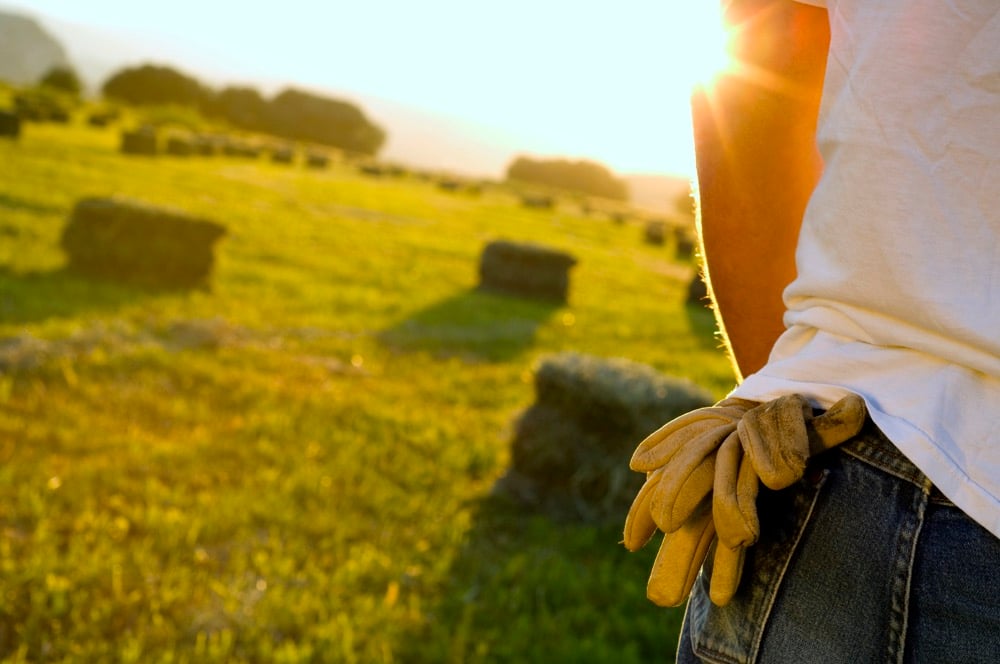You’ll find remarkably few statistics in associate editor Lorraine Stevenson’s article on Canada’s mid-size farms in our January 2020 issue of Country Guide.
Nor will you find that we’ve sought out every expert or every farmer with an opinion on the future of the mid-size farm.
We wanted to keep the story as clear as possible. You might say we wanted to keep it out of the statistical weeds, just as we wanted to keep absolutely free of left-right political suspicions.
Read Also

What is a farm legacy?
The definition of “legacy” in agriculture is changing. I have worked in this industry in some capacity for more than…
More than that, though, we believe that the story is actually quite simple in its main plot lines.
Mid-size farms were all supposed to die. But they didn’t.
We were all told in all those millennium articles published in the year 2000 that mid-size farms might as well surrender. They could never compete with the margins on ultra-large farms. Nor could they hang on by charging higher margins the way that very small, very direct-to-consumer farms are able to do.
Then came the second wave of predictions. They followed hard on the heels of the 2008 run-up in grain prices and the consequent jump in land prices.
Now, we were told, mid-size farms might have high enough net worths to ride out a few more storms than had been expected, but the outlook really wasn’t any better. Land had become too expensive for them to expand, so as new technologies arrive that enable single farms to work more acres and manage more livestock, mid-size farms wouldn’t be able to keep up. In effect, their demise would take longer, but it was still just as certain.
But that didn’t happen either. As Lorraine rather cheerily notes, the reason our questions about the future of mid-size farms never goes away is because, well, the mid-size farms haven’t gone away either.
There’s no question that they have changed and evolved. I agree completely. Today’s mid-size farms are far larger than mid-size farms a generation ago, and they are far likelier to have multiple generations and extended family members on the farm too.
But then, this is one of the key conclusions of Lorraine’s report. The experts always said mid-size farms were doomed because they were stuck in the mud and mire of the old way of doing things.
Instead, it turns out that no farm sector has evolved faster.
You don’t have to be opposed to large farms or small farms to be encouraged by the extraordinary performance of mid-size farms in the last decade. Big and small have their own successes, and we should sing their praises too.
But with mid-size farms, what it boils down to is that the experts said that external fundamentals would determine their future.
Mid-size farmers said, “Not while I’ve got blood in my veins.”
They’re making this one of the great moments of agriculture’s story. Are we getting it right? Let me know at [email protected].













